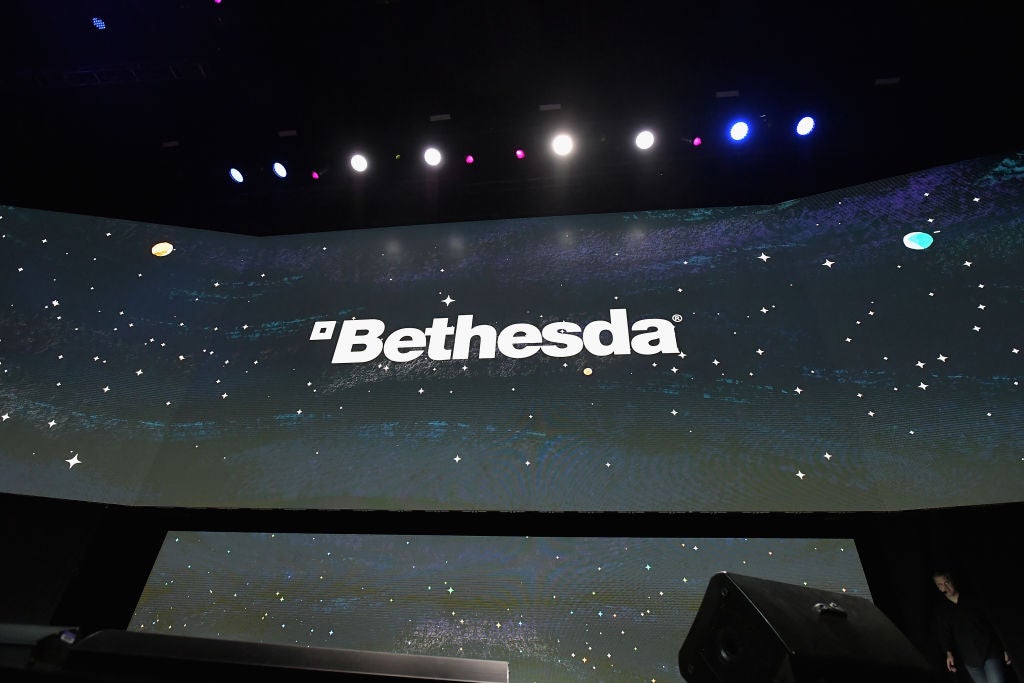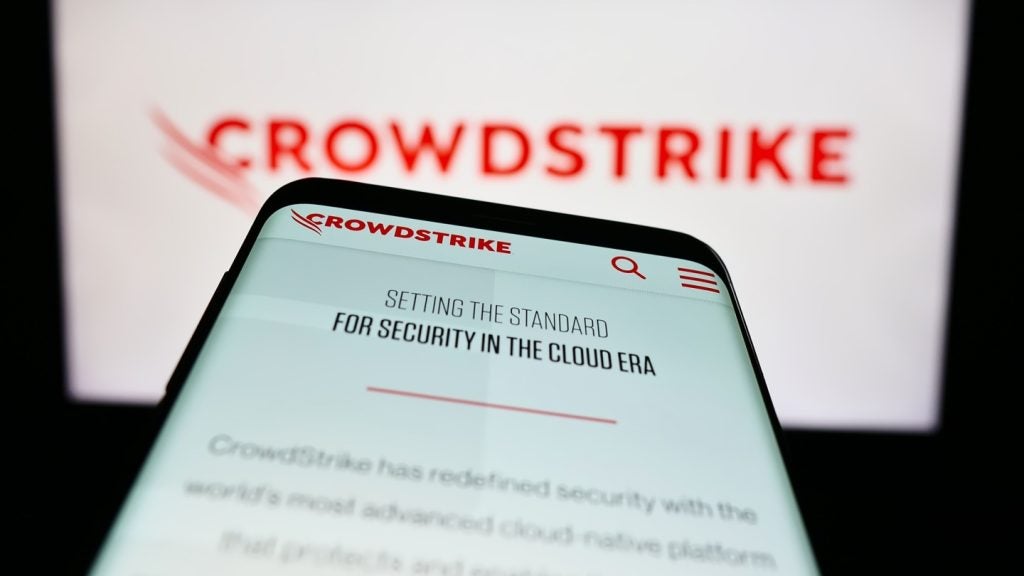
Cloud gaming is gearing up to fundamentally change the video games industry over the next decade, but what is it and why should businesses care?
To explain what the business case behind cloud gaming is, we must first explain what sets it apart from conventional gaming. Up until recently, most gaming took place on game consoles, personal computers (PCs) and smartphones.
Traditionally, this means that game files are stored on physical media such as disks or digitally downloaded from remote servers, while the device’s central processing unit (CPU) and graphics processing unit (GPU) run the game.
This is where cloud gaming differs from traditional gaming platforms. Instead of relying on the device to process games, cloud gaming offloads the game processing to remote servers and enables instant access to high-quality games on any device over a steady internet connection. The games are then streamed to users’ web browser, app, or streaming device – such as Google’s Chromecast or Amazon’s Fire TV Stick – eliminating the need for high-end on-device CPUs and GPUs.
Cloud gaming uses streaming technology, similar to that used by a video streaming service like Netflix, to deliver server-processed content to users. Unlike Netflix’s one-directional video content delivered to users, cloud gaming platforms offer two-directional, interactive content. The user’s controller sends the gameplay inputs to the server. Netflix, by the way, has announced plans to roll out its own video gaming platform.
How does cloud gaming work?
There are two main approaches to cloud gaming: video streaming and command streaming.
How well do you really know your competitors?
Access the most comprehensive Company Profiles on the market, powered by GlobalData. Save hours of research. Gain competitive edge.

Thank you!
Your download email will arrive shortly
Not ready to buy yet? Download a free sample
We are confident about the unique quality of our Company Profiles. However, we want you to make the most beneficial decision for your business, so we offer a free sample that you can download by submitting the below form
By GlobalDataThe video streaming approach means that the game logic and graphics are processed in the cloud, and a video stream is sent to the user’s device. It minimises the need for a powerful local GPU, which allows the service to be accessed on a wide range of devices. However, it does require significant internet bandwidth to stream high-quality video to the device. Most cloud gaming services – including the now defunct Google Stadia, Nvidia GeForce Now, and Microsoft Xbox Cloud Gaming – use this approach.
The command streaming approach means the game logic and graphics are processed in the cloud, following which the graphics instructions are sent to the user’s device, where the local GPU converts them into playable content. Unlike video streaming, the cloud sends instructions to render the scene on the device. With a part of the game using the device’s GPU, the instructions transmitted from the cloud are lightweight compared to a video stream. This reduces the internet bandwidth requirements, but the quality of the graphics varies based on the device’s GPU capabilities.
Cloud gaming will be extremely disruptive
Just as Netflix and Spotify disrupted the music, film, and TV sector, cloud gaming platforms have the potential to disrupt the video games industry. It will do so by changing how games are delivered, played and monetised.
Like we just discussed, cloud gaming will enable players to have games delivered without the need to download files onto devices or purchase physical media. This threatens platforms like Steam that sell downloadable PC games and companies that manufacture and sell console games.
Cloud gaming will also change how video games are played. Cloud gaming offers seamless portability. Users can save in-game progress to the cloud when playing at home through their TV and later pick up from where they left off on their smartphone when traveling to work or school. Users will no longer need to buy expensive consoles or PC components to play high-end games. This is a potential threat to console and high-end gaming PC makers.
When it comes to money, users will be able to access games by paying monthly subscription charges, which reduces the need for one-time game purchases. This impacts the companies that sell games via digital channels on PCs and mobile devices.
Cloud gaming is the most important theme in the gaming sector today. However, is a niche market and is unlikely to replace on-device gaming any time soon. For now, the cloud gaming industry is awaiting the widespread availability of 5G, which will offer the internet speed, network latency, and server availability required for a high-quality experience.
Tech companies are accessing the best way to sell their cloud gaming services. In 2022, services with exclusive games and reasonable pricing will see faster adoption than others. Google had to shut down Stadia in October 2022, failing to gain the desired scale. That said, 2023 will be vital for cloud gaming services to prove their appeal to consumers and become mainstream.
GlobalData is the parent company of Verdict and its sister publications.







